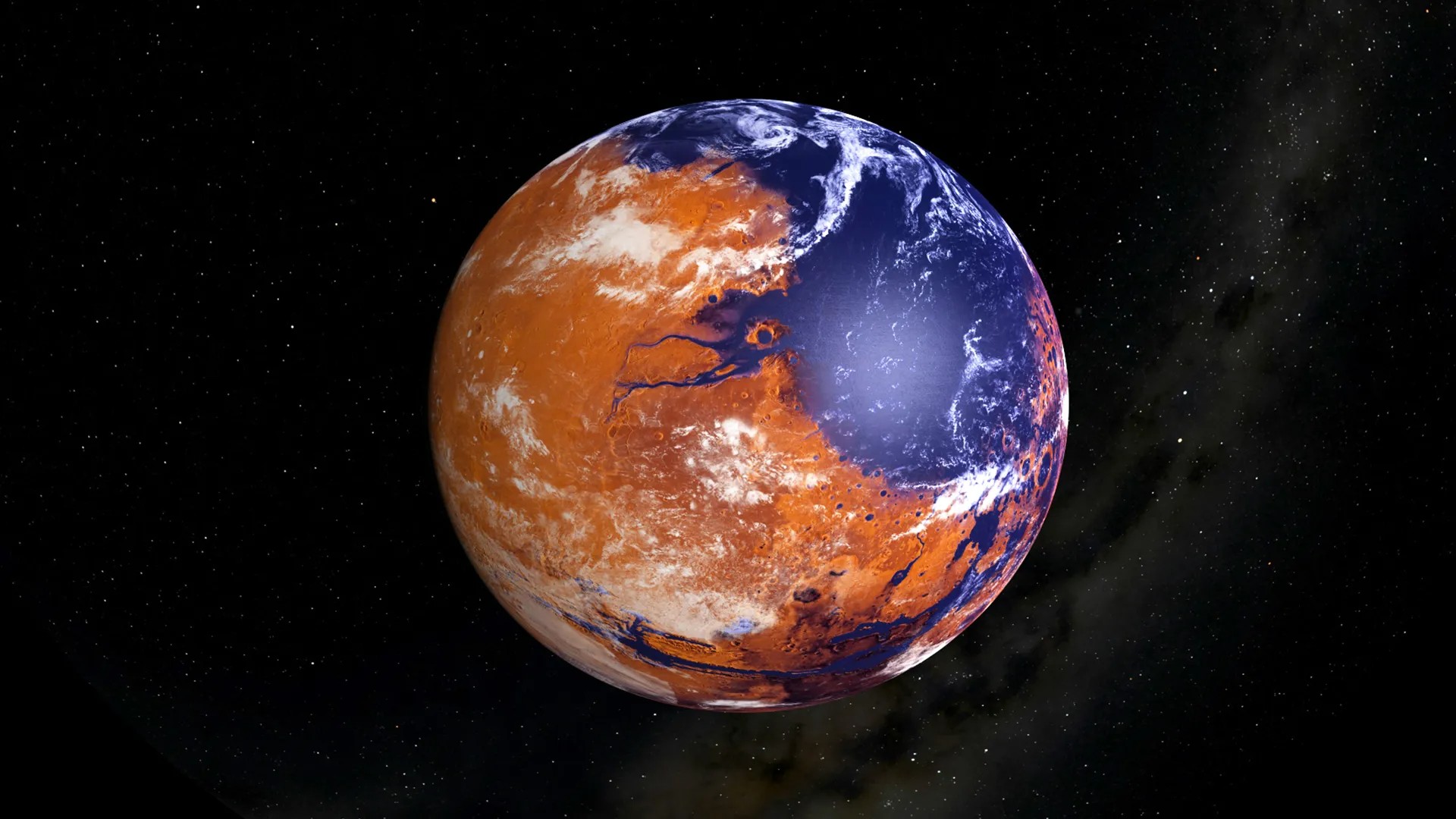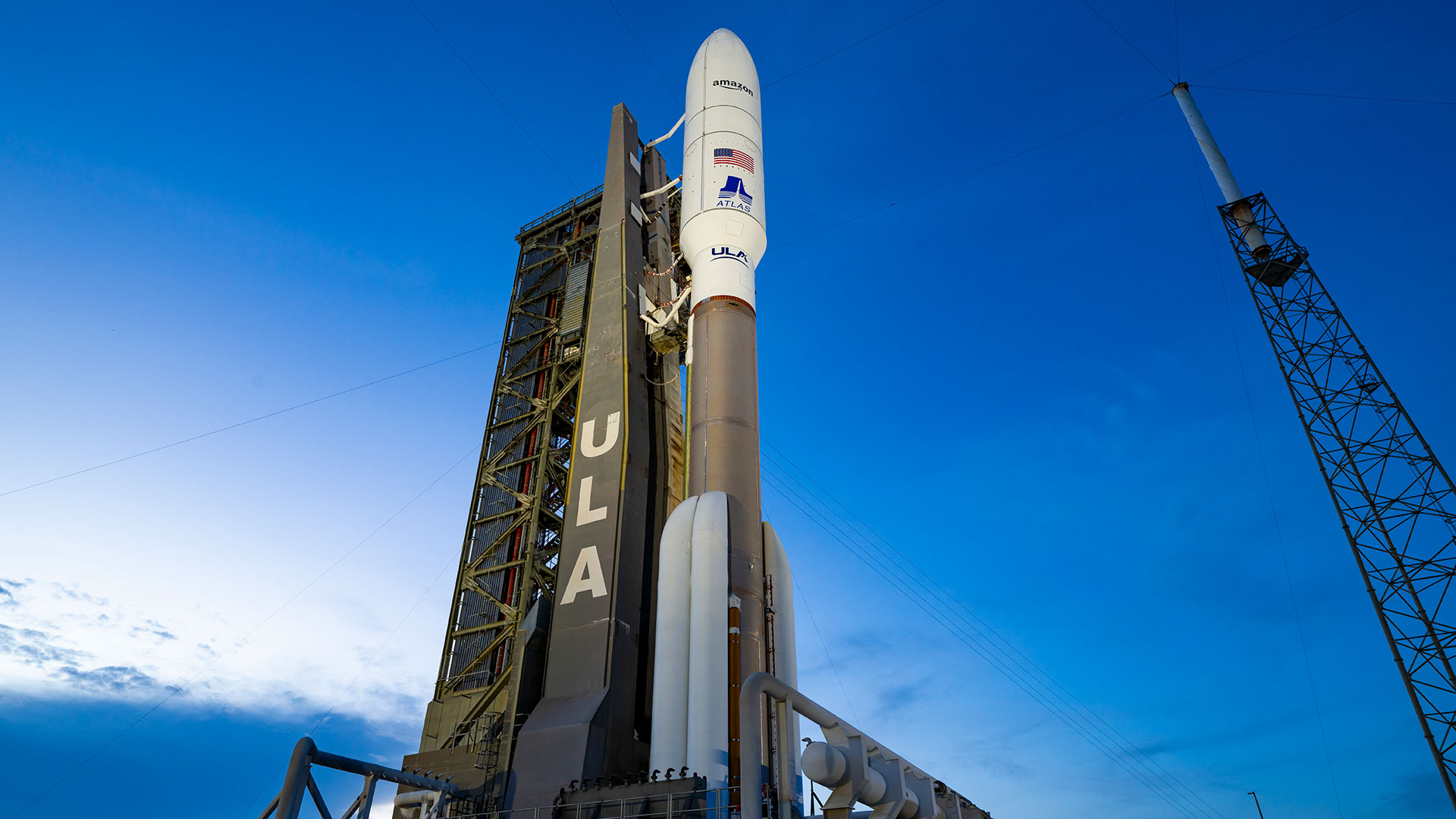How did Mars turn into an uninhabitable desert? Curiosity rover rock samples may have answers
NASA's Curiosity rover has new insights into how Mars might have changed from a potentially habitable, water-rich planet to an absolutely uninhabitable desert.

The search for life on Mars goes ever on.
Every day we inch closer to finding out whether or not life on Mars ever existed — or even could have existed. Most recently, scientists studying data from NASA's Curiosity rover have new insight into how Mars might have changed from a potentially habitable, water-rich planet to an absolutely uninhabitable desert.
As Curiosity traverses Gale Crater on Mars, it's performing experiments on rocks. Using its Sample Analysis at Mars (SAM) and Tunable Laser Spectrometer (TLS) instruments, the rover has heated rock samples to analyze the gases produced. In performing this task on carbon-rich minerals, or carbonates, which often serve as climate records, Curiosity revealed an isotopic composition that suggests two possible climatic scenarios in Mars' past.
In the first, the carbonates might have been formed via repeated wet-dry cycles, suggesting extreme evaporation. In the second, the carbonates might have been formed in extremely salty, extremely cold water.
"These formation mechanisms represent two different climate regimes that may present different habitability scenarios," Jennifer Stern of NASA Goddard, a co-author of a paper on the research, said in a statement. "Wet-dry cycling would indicate alternation between more-habitable and less-habitable environments, while cryogenic temperatures in the mid-latitudes of Mars would indicate a less-habitable environment where most water is locked up in ice and not available for chemistry or biology, and what is there is extremely salty and unpleasant for life."
These two scenarios aren't new concepts. Other evidence on Mars, from certain rock formations to the presence of specific minerals, supports both of them. But this particular study marks the first time isotopic evidence from rock samples support them.
But there is some bad news that comes along with these results. "Our samples are not consistent with an ancient environment with life (biosphere) on the surface of Mars," said NASA Goddard's David Burtt, the lead author of the paper. "[A]lthough this does not rule out the possibility of an underground biosphere or a surface biosphere that began and ended before these carbonates formed."
Get the Space.com Newsletter
Breaking space news, the latest updates on rocket launches, skywatching events and more!
And so the work continues…
Join our Space Forums to keep talking space on the latest missions, night sky and more! And if you have a news tip, correction or comment, let us know at: community@space.com.

Space.com contributing writer Stefanie Waldek is a self-taught space nerd and aviation geek who is passionate about all things spaceflight and astronomy. With a background in travel and design journalism, as well as a Bachelor of Arts degree from New York University, she specializes in the budding space tourism industry and Earth-based astrotourism. In her free time, you can find her watching rocket launches or looking up at the stars, wondering what is out there. Learn more about her work at www.stefaniewaldek.com.
